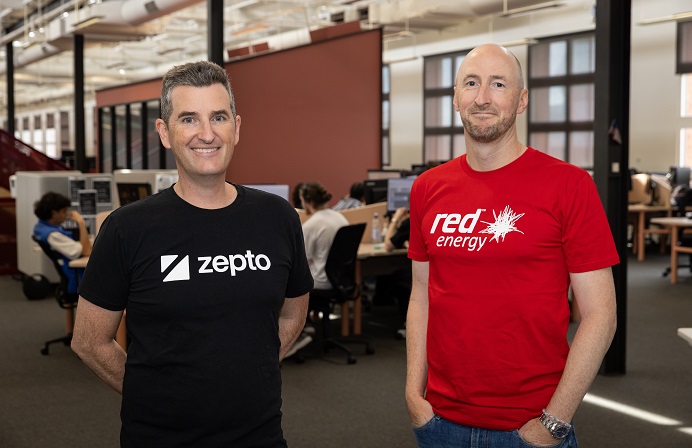
The Bank for International Settlements (BIS) has announced the completion of Phase 3 of its proposed cross-border fast payments network – Project Nexus – successfully laying out a comprehensive blueprint to prepare global participants to connect their domestic instant payment rails.
Nexus is the BIS-led project to standardise the connection beween domestic instant payment systems (IPS) – currently numbering some 70 systems worldwide – to enable cross-border instant/fast payments.
The blueprint is designed to lower the obstacles for countries that wish to offer instant cross-border payments.
“Rather than an IPS operator building custom connections for every new country to which it connects, the operator only needs to make one connection to Nexus. This single connection would allow the IPS to reach all other countries in the network,” the BIS writes.
The project and centralised ‘hub’ “could significantly accelerate the growth of instant cross-border payments”, enabling, BIS general manager Agustín Carstens said, to connect a market of 1.7 billion people globally to an instant, seamless and cost-efficient global payments network.
Concluding the outcomes of Phase 3 in a new report, the BIS will now move to ready participants (those involved in Phase 3) for live implementation of Nexus.
Phase 3, which included participants from four monetary authorities – Bank Negara Malaysia, Bangko Sentral ng Pilipinas, the Monetary Authority of Singapore, and the Bank of Thailand, as well as domestic IPS operators – set out to:
- develop governance, scheme and oversight arrangements that accommodate the regulatory differences between countries while ensuring appropriate risk management, safety, efficiency and resilience for all Nexus payments;
- develop a viable business and revenue model for Nexus to ensure financial self-sufficiency and ensure that key industry participants have strong incentives to join Nexus; and
- finalise the Nexus technology architecture and operational model, building on the insights from the software developed in the proof of concept.
For instance, Nexus madates that all payment instructions and payment-related messages be in the ISO 20022 format.
To facilitate live implementation, the partner central banks and IPS operators have agreed to establish a new entity, the Nexus Scheme Organisation (NSO), that will be responsible for managing and scaling the Nexus scheme.
The NSO will be wholly owned by the central banks and/or IPS in participating countries.
“While the BIS will not own or operate the NSO, it will continue its support by playing a technical advisory role as participating countries work towards taking Nexus live. It will also facilitate cooperation among members and the entry of new participants, helping to realise Nexus’s global ambition,” the BIS confirmed.
Work on the blueprint follows an earlier phase of development in which a prototype of Nexus was used to successfully connect the test versions of three established IPS: the Eurosystem’s TARGET Instant Payment Settlement (TIPS), Malaysia’s Real-time Retail Payments Platform (RPP) and Singapore’s Fast and Secure Transfers (FAST) payment system.





